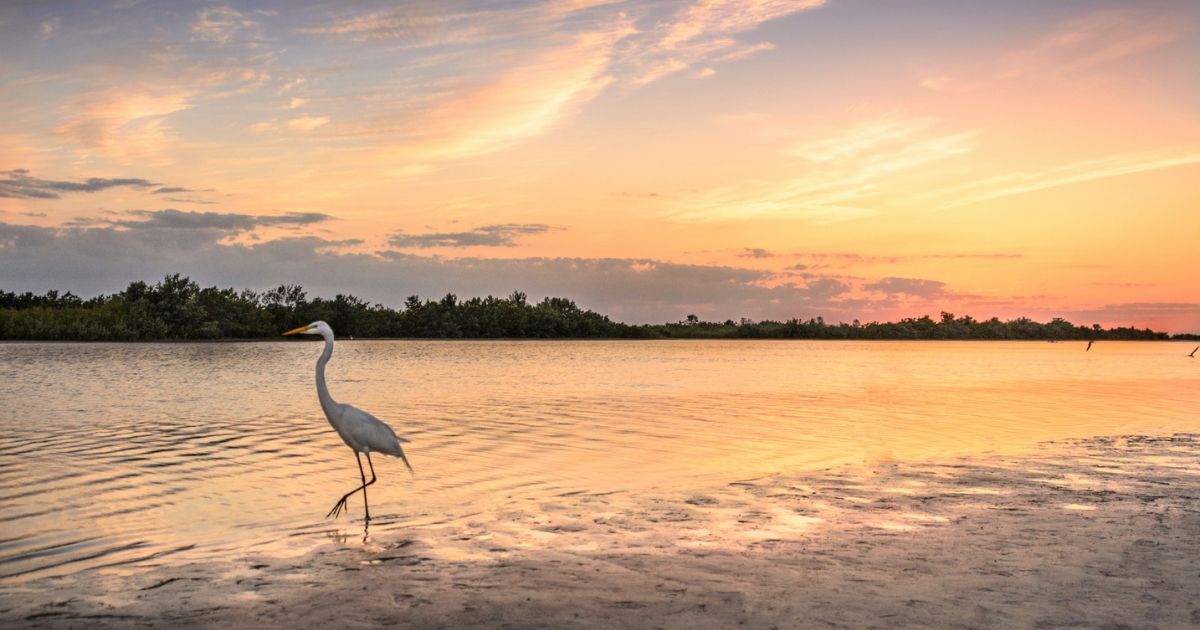A Florida State University researcher has used new detection methods to identify 85 previously unknown submarine landslides that occurred in the Gulf of Mexico between 2008 and 2015, leading to questions about the stability of oil rigs and other structures, such as pipelines built in the region.
Assistant Professor Wenyuan Fan in the Department of Earth, Ocean and Atmospheric Science has published a new paper in the journal Geophysical Research Letters that identifies these landslides and the risks they pose to coastal communities.
"The observed landslides suggest a possible tsunami hazard for coastal communities along the Gulf of Mexico and that seabed infrastructure in the Gulf of Mexico, including oil platforms and pipelines, is also at risk from the landslides," Fan said.
 Wenyuan Fan is an assistant professor in the Department of Earth, Ocean and Atmospheric Science.
Wenyuan Fan is an assistant professor in the Department of Earth, Ocean and Atmospheric Science.
Fan and his colleagues measured data from seismic stations across the United States. They found that out of the 85 landslides they identified, 10 occurred spontaneously without preceding earthquakes. The other 75 occurred almost instantly after the passage of surface waves caused by distant earthquakes. Some of these were considered rather small earthquakes, Fan added.
The finding was a surprise for Fan and his colleagues, he noted. In trying to better understand lesser-known earthquake processes, he had designed a method to capture earthquake data that would help him get a better look at continuous waveforms. That led him to seismic sources in the Gulf of Mexico.
"There are few active faults in the Gulf, and the seismicity is scarce in the region," he said. "This puzzled me and concerned me because we live close to the Gulf. With the question and the concern, I looked into the details of these seismic sources and eventually concluded that they are likely to be submarine landslides."
Fan said currently he and his colleagues do not have any real-time data related to damage from these events and that most of the landslides were in the deep-water region of the Gulf. The ability to detect and locate these submarine landslides suggests that scientists may be able to adapt researchers' methods for hazard monitoring in the future though.
Jeffrey McGuire from the U.S. Geological Survey and Peter Shearer from the Scripps Institution of Oceanography at University of California, San Diego, co-authored this study.
By Florida State University
Journal Reference:
Wenyuan Fan, Jeffrey J. McGuire, Peter M. Shearer. Abundant spontaneous and dynamically triggered submarine landslides in the Gulf of Mexico. Geophysical Research Letters, 2020; DOI: 10.1029/2020GL087213



